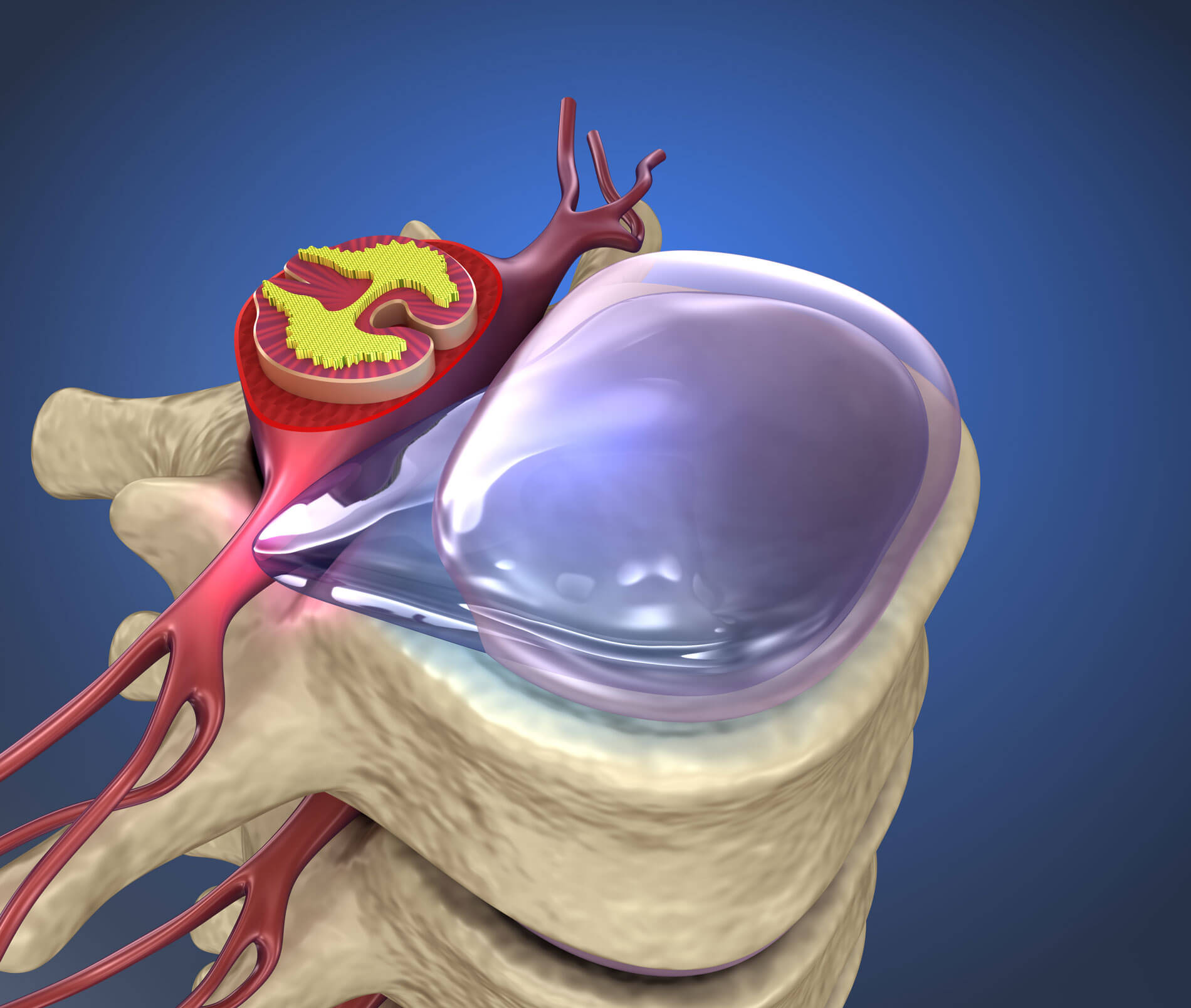
Bullging Disc
A bulging disc is like a deflated car tire. It’s still there – it has not ruptured or herniated – but it has lost its tough outer structure and is no longer supporting the car. When the tough, outer portion of your disc becomes worn down or injured, it can decompress and bulge out beyond the circumference of your vertebrae. It can overtake all around the disc or be limited to portions of the perimeter. If the bulge comes in contact or places pressure on a nerve, you can experience the symptoms of a bulging disc, mainly pain and numbing.
What Causes a Bulging Disc ?
- Aging and normal wear-and-tear are often cited as the most common causes of bulging discs, however, other instigators are:
- Inactive or sedentary lifestyle
- Poor posture.
- Trauma or injury
- Obesity
Common Bulging Disc Symptoms
While not all bulging discs display symptoms, numbing, tingling, and pain are common indicators and occur based on the location of the disc. A bulging disc in the neck or cervical area of the spine can cause pain to manifest in the arms, shoulders, and hands. Pain in the legs and feet indicate a bulging disc in the lower back or lumbar region of the spine. A bulging disc in the lumbar region may also manifest as muscle spasm due to how much body weight this area is required to support. If the pain is centered around your chest and abdomen, you may have a bulging disc in the middle or thoracic region of your back.
